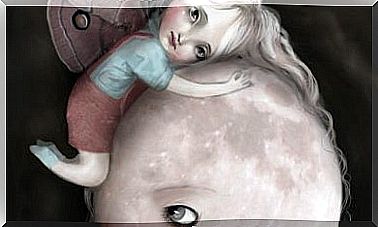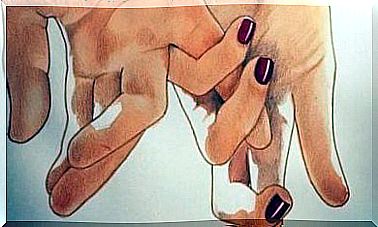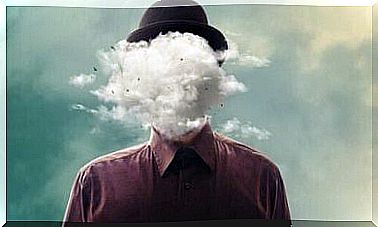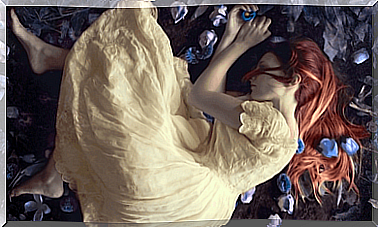The Hero’s Journey And Migration Archetypes
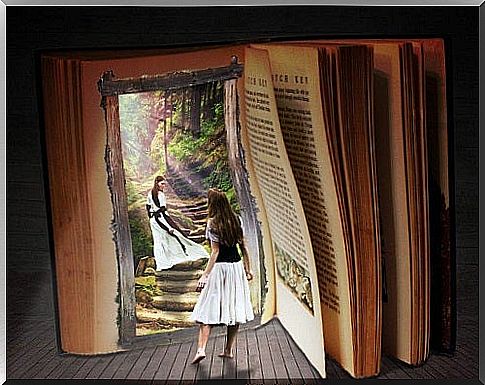
The founder of analytical psychology, Carl Jung, suggested that we can understand mythical tales of journeys of new beginnings, such as Marco Polo, Ulysses, or Hercules, as symbolic expressions of a mental transformation that all human beings are destined to undergo in their lives. He called it the hero’s journey.
The heroine or hero’s journey, also called the process of individualization, usually begins with a calling. Or perhaps a need to leave the ordinary, known world. It is a calling that will reveal the true life and potential of the hero.
In mythology , heroes usually appear in unstable times. For example, when social norms collapse or during political or religious crises.
Along the same lines, in our personal lives, we may feel stuck in certain circumstances. That we are stagnating, or maybe just anxious. This is where life might force us to embark on a transformative journey.
The hero’s journey is a symbolic journey; it is possible to take it without physically moving. Life might call you on a journey by offering you a job or scholarship. Life may give you a chance to change financially, educationally or socially.
The treasure hunt
The hero’s journey is mythologically represented as a quest. After a treasure, a promised land, the appearing stones, the Holy Grail, a marriage between a prince and a princess. Each person has an ideal or object that they are looking for. But, more often than not, the traveler finds surprising treasures that they had never imagined.
Sometimes, before the start of the journey, the hero comes across a situation (perhaps through people, books, movies). A situation that, little by little, helps them choose their final destination. For Jung, these cases were synchronicities. He saw them as an expression of the existing relationship between the physical and the mental world.
This journey usually results in a figurative rebirth. We now have new courage and humility. We have developed this by overcoming obstacles along the way.
The hero’s journey is a process that involves moving away from certain stages of life to be reborn in others. We can understand moving between stages as moving from one archetype to another.
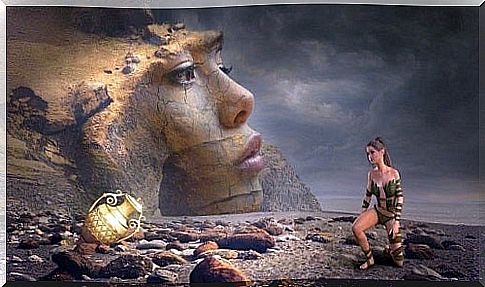
Archetypes or stages in the hero’s journey
Archetypes are characters in myths that go through typical human situations. Those experiences are necessary for the hero to get to the end of their journey.
A person on a journey might go through these 4 archetypes or stages:
The innocent archetype
This stage refers to the security and confidentiality of where we come from. It is an environment that at some point becomes too small and suffocating. In doing so, it pushes us to undertake our transformative journey.
Here we also find idealized expectations about ourselves or the goal of the journey. For example, maybe we think we are good at speaking a foreign language. And later we find out that it does not quite fit. Maybe we believe in the fantasy that someone or something will take care of us. Or maybe we think the job we need will come dumping down from the sky.
This is a period of false illusions. They are stories that we tell ourselves about how things would be if we followed our dreams. If we knew what it would really be like along the journey, it would be much harder to motivate ourselves to take the first steps. This stage is also a kind of “honeymoon” phase. We fall in love with the place we want to travel to.
When we finally confront the concrete reality of what it will take to end our journey, the curtain that previously hid all the negative falls. From here we move on to the next archetype. The orphan, how much of what we imagined in the innocent stage disappears.

The orphan archetype
At some point in the journey, it is normal to be forced to do something we had never imagined. We have to get along well with people and customs that surprise us. Here there is a kind of decline, a decline, which the Greeks called catabasis.
To a stranger, a new culture can be like a confusing maze. Our firm beliefs may fall apart. We may begin to question many things. Things we used to see as “normal”.
It is a stage of longing. A feeling that maybe it does not matter what we do. At this stage, we often idealize our memory of where we came from. We are strongly tempted to give up our journey.
Here is another important part: When we find ourselves in a foreign land (physically or symbolically), the people there have never seen us before. It gives us some flexibility in our identity. It gives us the opportunity to explore new facets of ourselves and strengthen ourselves on that change.
We can go through this stage with great uncertainty, almost as if we were to jump into a bottomless pit. Sometimes we have moments where we feel completely lost. But it is precisely this kind of chaos that encourages us to find new attitudes and principles.
Warrior archetype
After the journey through feelings of helplessness and orphanhood, the warrior archetype emerges from the dark night of the soul. It is what gives us energy to rise when we have fallen. It encourages us to find the strength that our new surroundings require and gives us our hope back.
Little by little, with perseverance, patience and help, we leave the maze. Our new environment becomes a home where we can use our new abilities.
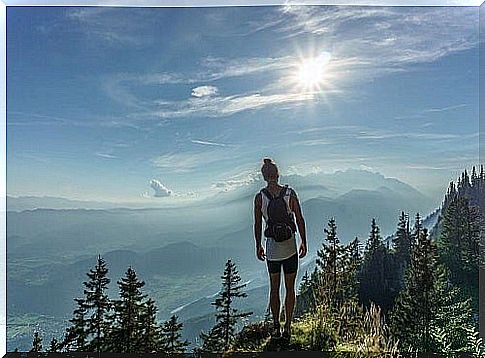
The Wizard’s Archetype
Finally, we have the wizard’s archetype. This is where we learn to understand the journey we took. It gives us the wisdom to be grateful. Both for the good and the bad we came across. It all helped us find the treasure.
The treasure is a better understanding of ourselves and humanity, better knowledge of our own complexity, weaknesses and potential. The path we took also gave us a chance to see how flexible our own identity is. And it taught us to coexist with life’s uncertainties, trials, and tribulations.
The symbolic homeland: The end of the hero’s journey
After this transformative process, we sometimes feel strange when we get back to the starting point. It is as if everything has been “frozen”.
But we have changed. This sense of alienation is also a reason and an incentive for us to continue to look for our mental homeland. A symbolic homeland that consists of an infinite realization of ourselves and our potential.
We can then see that being a migrant, a stranger, is just a stronger version of an ordinary human feeling: unfulfilled dreams. These are emotions that motivate us to look into ourselves and rediscover ourselves.
Great artists and philosophers have given us masterpieces that they created from a sense of alienation. For us, the hero’s journey is an opportunity to be more attentive. Especially on the need to live out the purpose of our own lives. Which is to have a dignified, deep, enriching life.
This quest, both fortunately and unfortunately, is endless. There will never be any place on earth that can satisfy it completely.
